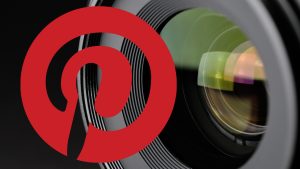Ad Frequency Overload Becomes Defining Challenge In CTV Ad World
But as bad as ad frequency management is on linear TV, it’s much, much worse on ad-supported streaming services.
For me, it’s typically the one of the things that someone I’ve just met asks me about when I tell them that I work in the world of TV ad-targeting tech.
It’s also in the numbers. If you analyze smart TV data comparing linear and streaming ad delivery, you find most of the outlier heavy ad frequency per show is on streaming.
Why is that? Well, a bunch of reasons. Two of the top reasons are:
Impression-based planning. I thank my good friend and industry legend Jim Meskauskas, of Media Darwin, for pointing this out. Planning by impression weight means that when the ad server finds viewers who fit the campaign’s criteria, they get the ad over and over again until they hit the daily frequency cap, if there is one.
Multiple, disparate sellers, platforms and servers for the same ad spots. Most streaming ad inventory is sold and served by a number of different companies, each using their own frequency controls and typically supplying the same advertisers. Thus, if there are three suppliers each applying a 3X per day cap, the viewer will get that ad nine times.
What’s the effect of these factors?
Viewers care; streamers will too. Ad experiences will increasingly be key elements in how viewers think about their streaming services. For sure, some services will work hard to differentiate themselves with better frequency management. Netflix has already talked about it.
Brand advertisers lose. The fact that streaming ad campaigns are not planned on a reach basis, with each impression secured on a predictive, unduplicated reach basis, is bad for brand advertisers, who have massive portions of their investments wasted on empty frequency (what Erwin Ephron famously called media’s “crabgrass”).
So what? If viewers and advertisers lose because of wasted frequency, it makes a lot of sense for publishers and intermediaries to care, too. Unfortunately, intermediate DSP and SSP platforms that could actually fix the problem tend to be most focused on impression throughput rather than long-term sustainability.
I believe that how ad frequency overload is handled by the CTV ad industry could very easily define it. What do you think?
(3)







